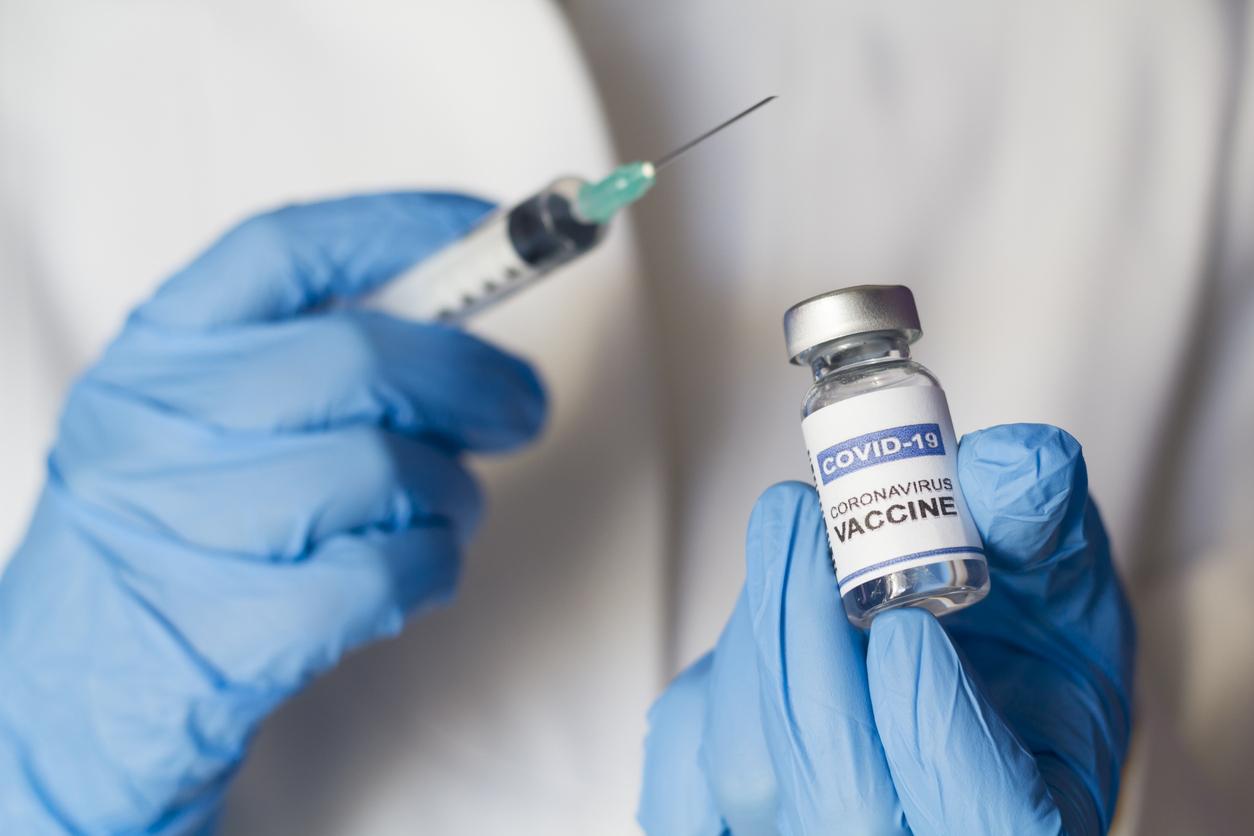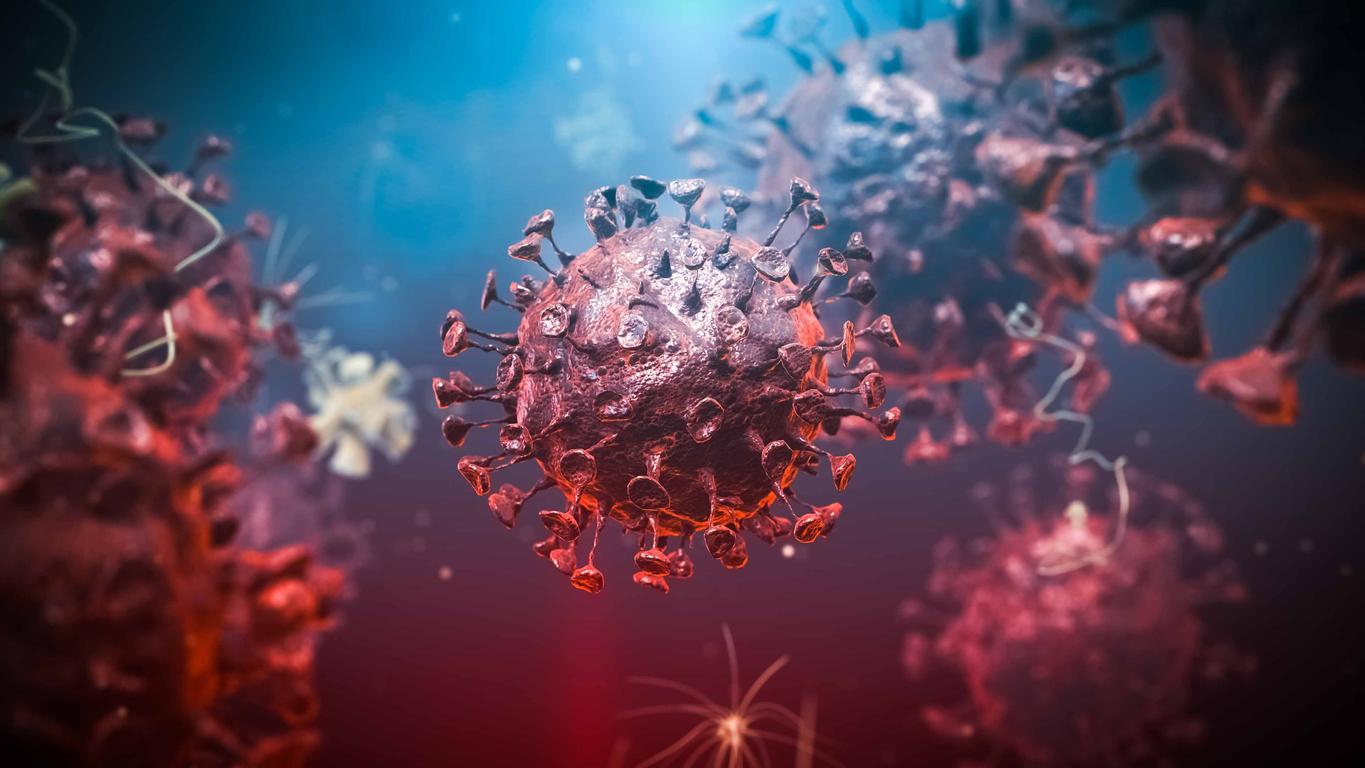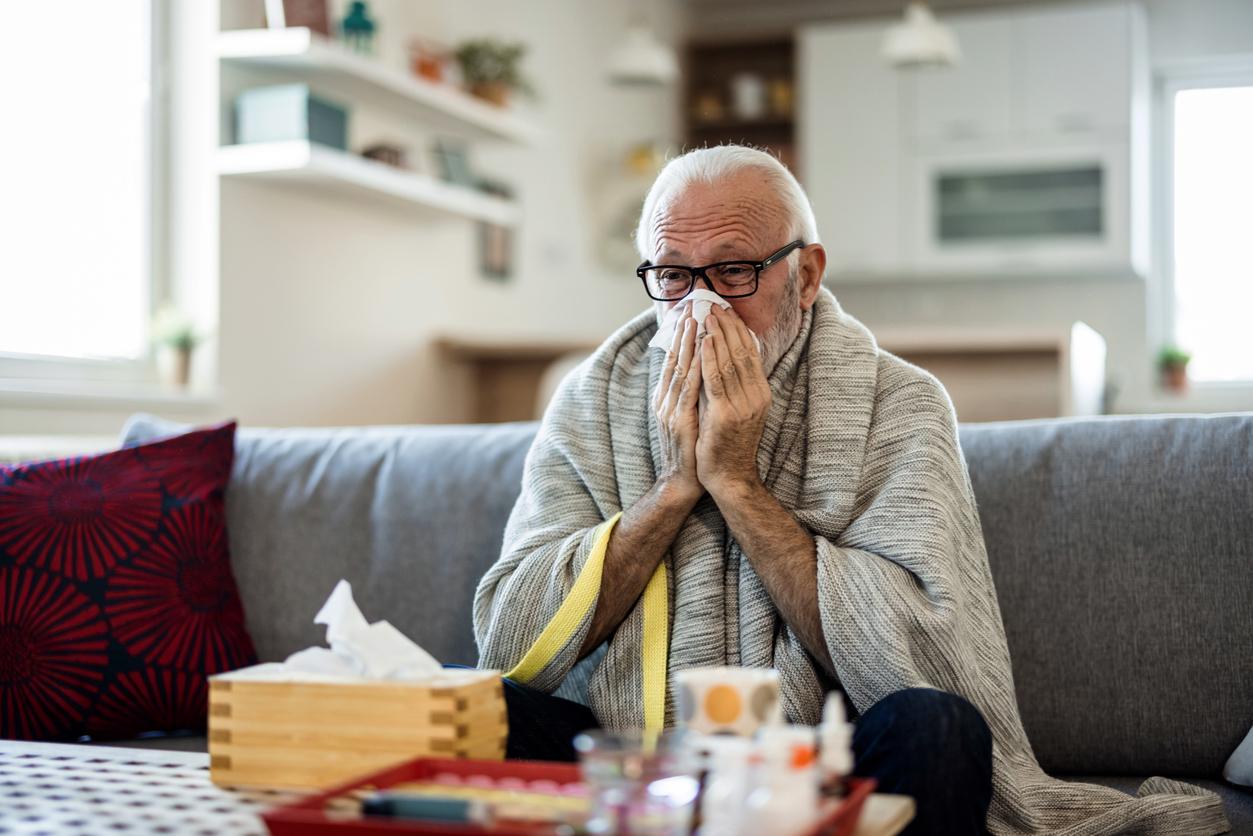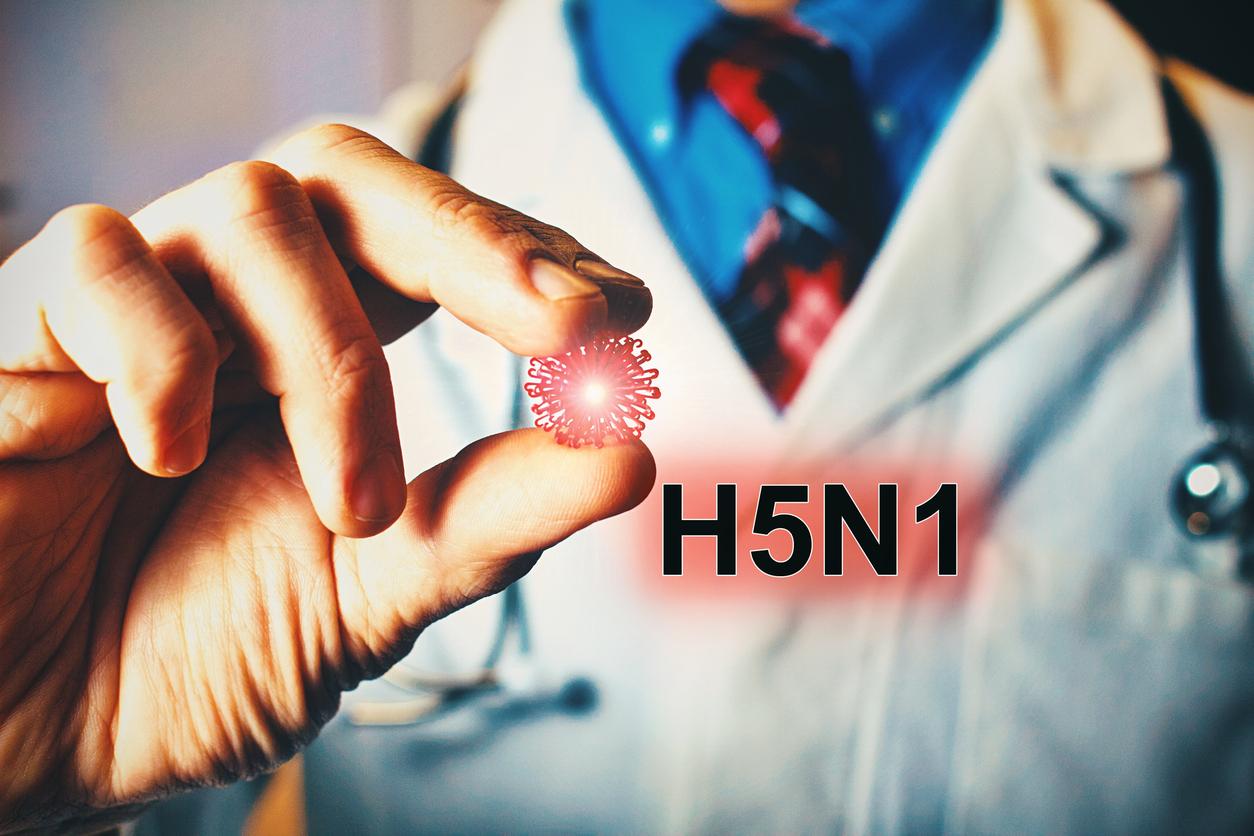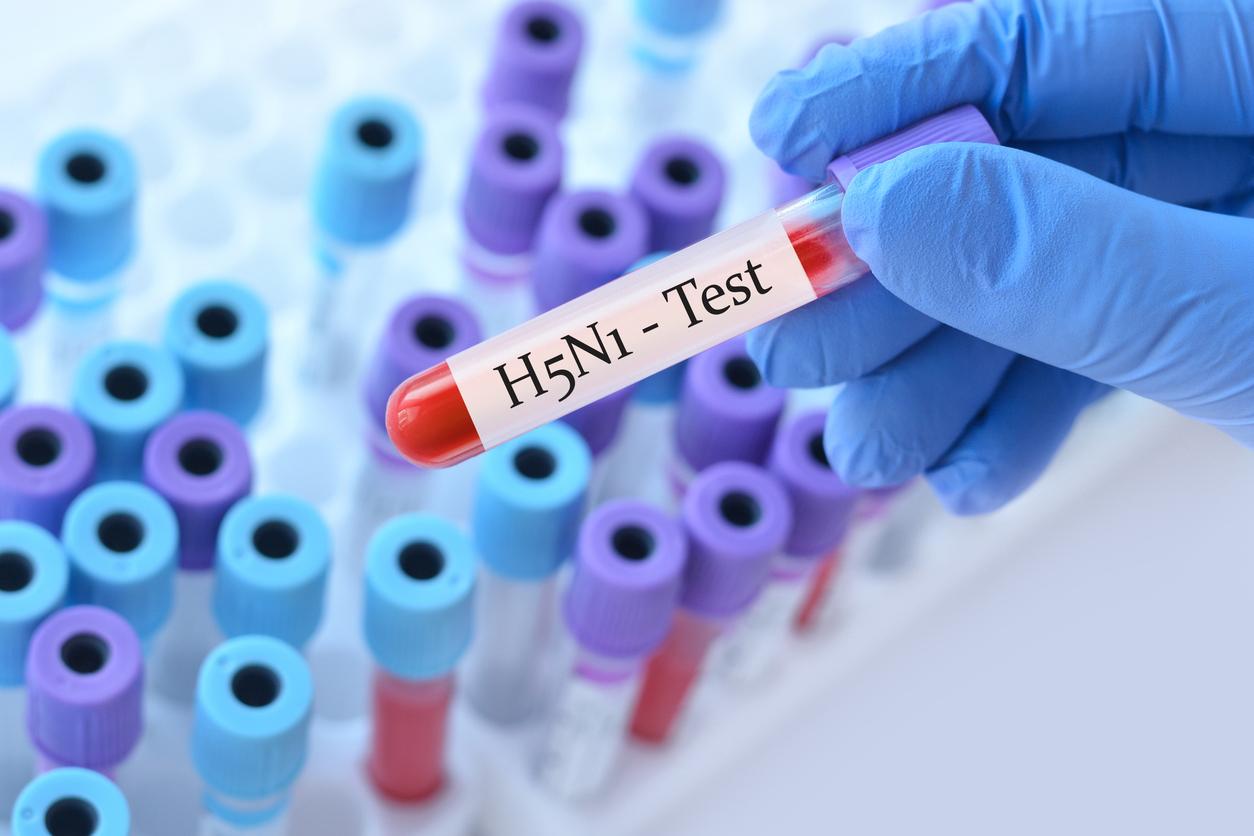The mutation of viruses is a natural phenomenon. It is possible that this process will stop on its own…or that SARS-CoV-2 will adapt and new variants will appear.
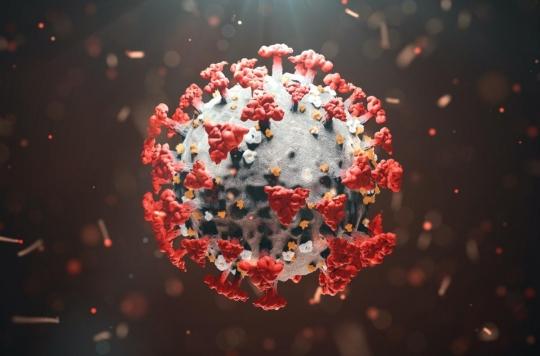
- SARS-CoV-2 is an RNA virus that mutates more than RNA viruses
- These mutations could lead the virus to a “bottleneck” from which it would no longer evolve
- In another scenario, the mutations would continue without it being known whether they would produce more or less contagious or dangerous variants.
It looks like a disaster scenario: a few months after the start of the global pandemic, variants of SARS-CoV-2 are identified in different countries. They correspond to one or more mutations of the historical virus. This process is not new, it is a classic evolution of viruses. “Covid-19 is caused by a single virus: SARS-CoV-2.insists Professor Bruno Lina, researcher at the International Center for Research in Infectiology, in a CNRS article. It evolves according to several lines which, after modifications of their genome (that is to say of their genetic material, Editor’s note), sometimes obtain an advantage over the others.“It is therefore an identical virus, with different consequences: for example, the British variant is considered more contagious than the historical strain of the virus. A recent study estimates that it would be 64% more deadly.
It could be worse…
Covid-19 is an RNA virus, which means that its genome is composed of single-stranded nucleic acid, it has a single helix, unlike DNA which is double-stranded and therefore has two helices. RNA viruses do not have a correction mechanism: that is to say that when their genome replicates, if errors appear, they do not have the possibility of correcting them. For this reason, they tend to mutate more often than DNA viruses. However, coronaviruses have a correction mechanism, which reduces the risk of mutations. The CNRS article specifies that on average, the new coronavirus undergoes two monthly mutations, which is a hundred times less than HIV. “In an infected cell, the virus genome is replicated through a chemical reaction of polymerization when copying errors may appear, explains Isabelle Imbert, professor at Aix-Marseille University and member of the Architecture and function of biological macromolecules laboratory. In the event of a problem, the polymerization is slowed down thanks to two small viral proteins allowing the recruitment of exonuclease, an enzyme also encoded by the virus. Capable of cutting RNA, it “removes” the wrong nucleotide incorporated by mistake. (…) Without this series of reactions, coronaviruses would mutate twenty times faster.”
Towards the end of mutations?
The current mutations are worrying in particular because of their greater contagiousness. “The R0 (reproduction rate of the virus editor’s note) of the historical strains is 3, but it reaches 4 for the three variants which make the news“, says Mircea Sofonea, lecturer at the University of Montpellier, in this CNRS publication. The scientists raise two hypotheses on the future of the variants. The first is linked to an observation: the British, South African and Brazilian variants share some characteristics. All three have the Spike protein-linked N501Y mutation.”If the mutations converge in this way towards the same evolutionary hotspots, which lineage monitoring suggests, the virus could end up finding itself in a real bottleneck: it would no longer have enough leeway to produce new variants and to continue adapting to humans, predicts Bruno Lina. The situation could then eventually stabilize.“Researcher Samuel Alizon, CNRS research director at the Infectious Diseases and Vectors Ecology, Genetics, Evolution and Control Laboratory (Mivegec) is more worried: “the field of possibilities has changed because the variants can continue to evolve by mutation in an adaptive landscape that is, for the moment, unknown to us.“
What immunity against variants?
Immunity to these variants is also one of the unknowns. “Epidemiological models suggest that once the population is immunized, epidemics caused by this virus could be far less deadly and more similar to the seasonal coronaviruses that infect us every winter.says the researcher. But it’s still too early to know if that would happen and when, especially with the unknown extent of the variants’ ability to evade the immune response while remaining virulent.” In NatureMedicinea study by the Institut Pasteur precisely shows that the antibodies produced by the vaccine or after initial contamination are less effective against the South African variant. Pfizer and BioNTech laboratories are currently conducting research to study whether a third dose of vaccine could protect us from these variants.

.









